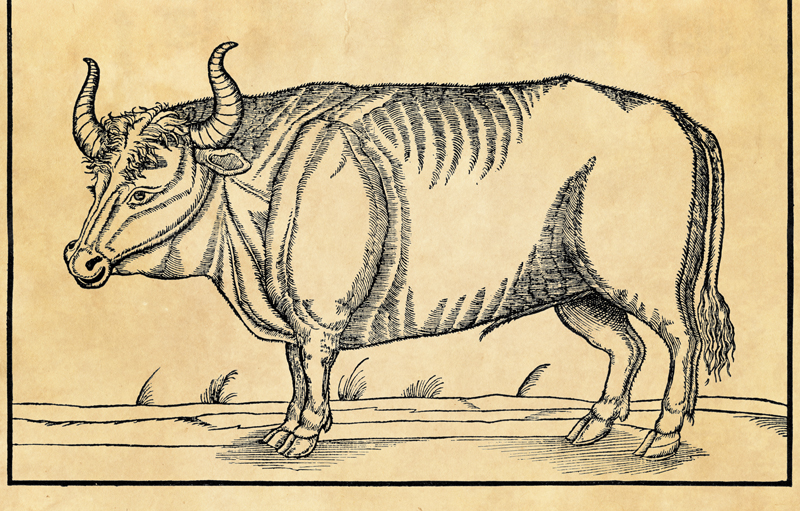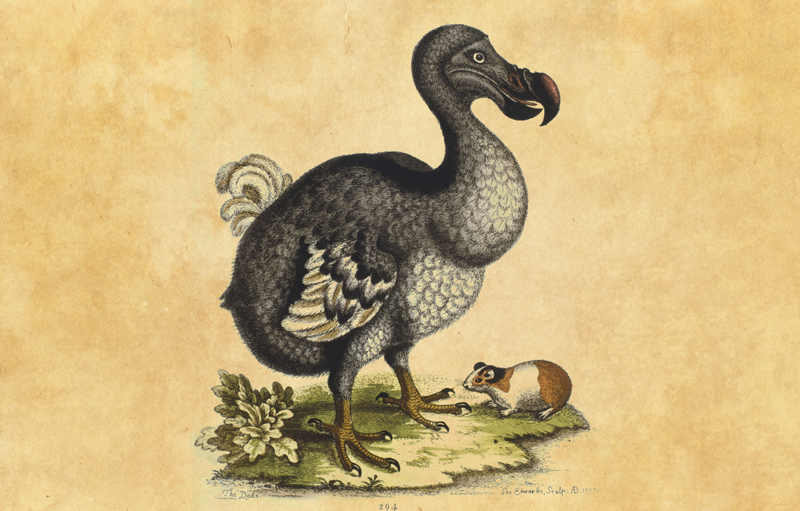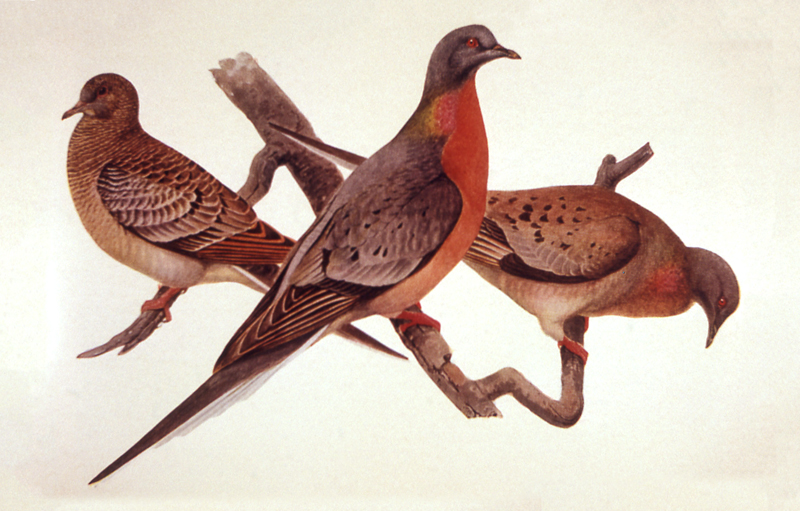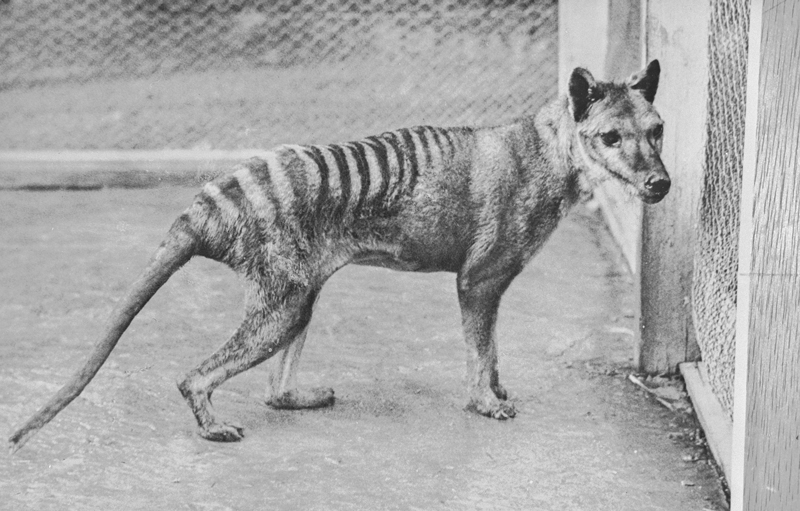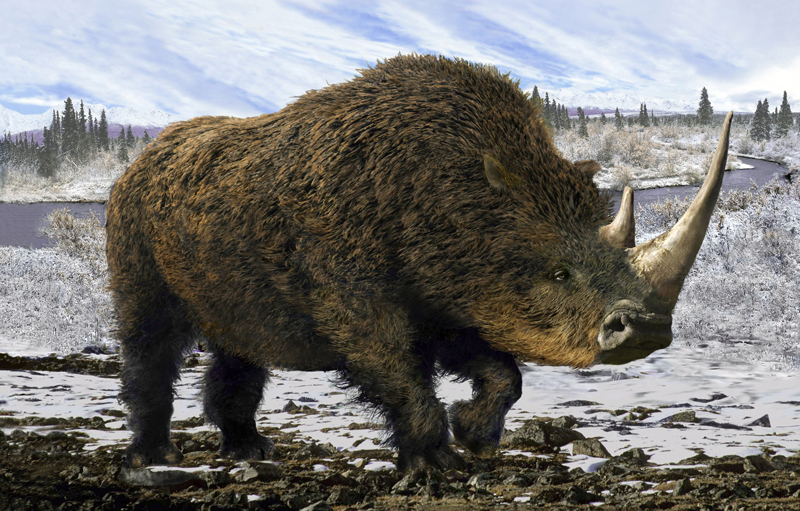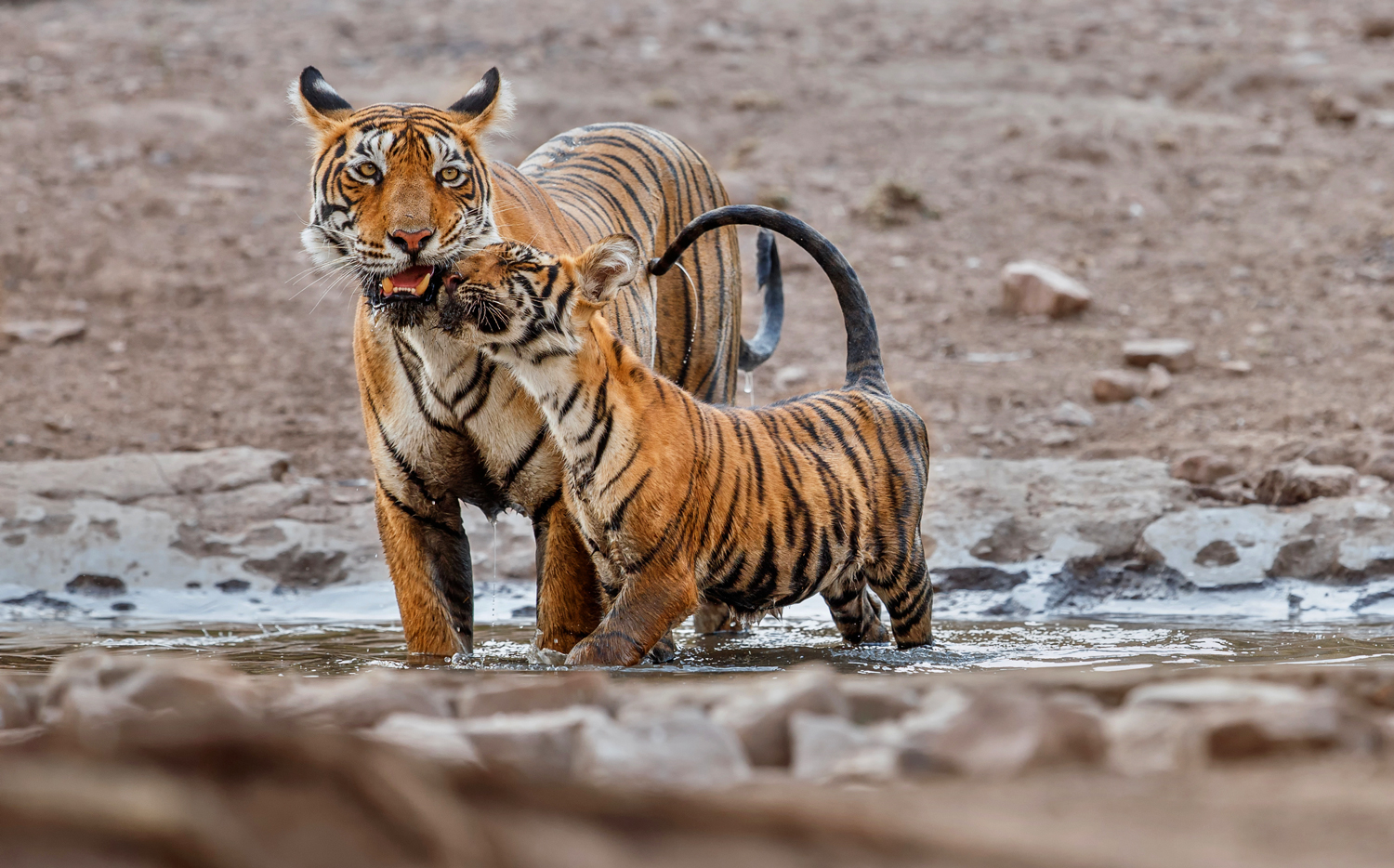Mammoth News!
Scientists are trying to bring back a huge, hairy elephant species thousands of years after it went extinct.
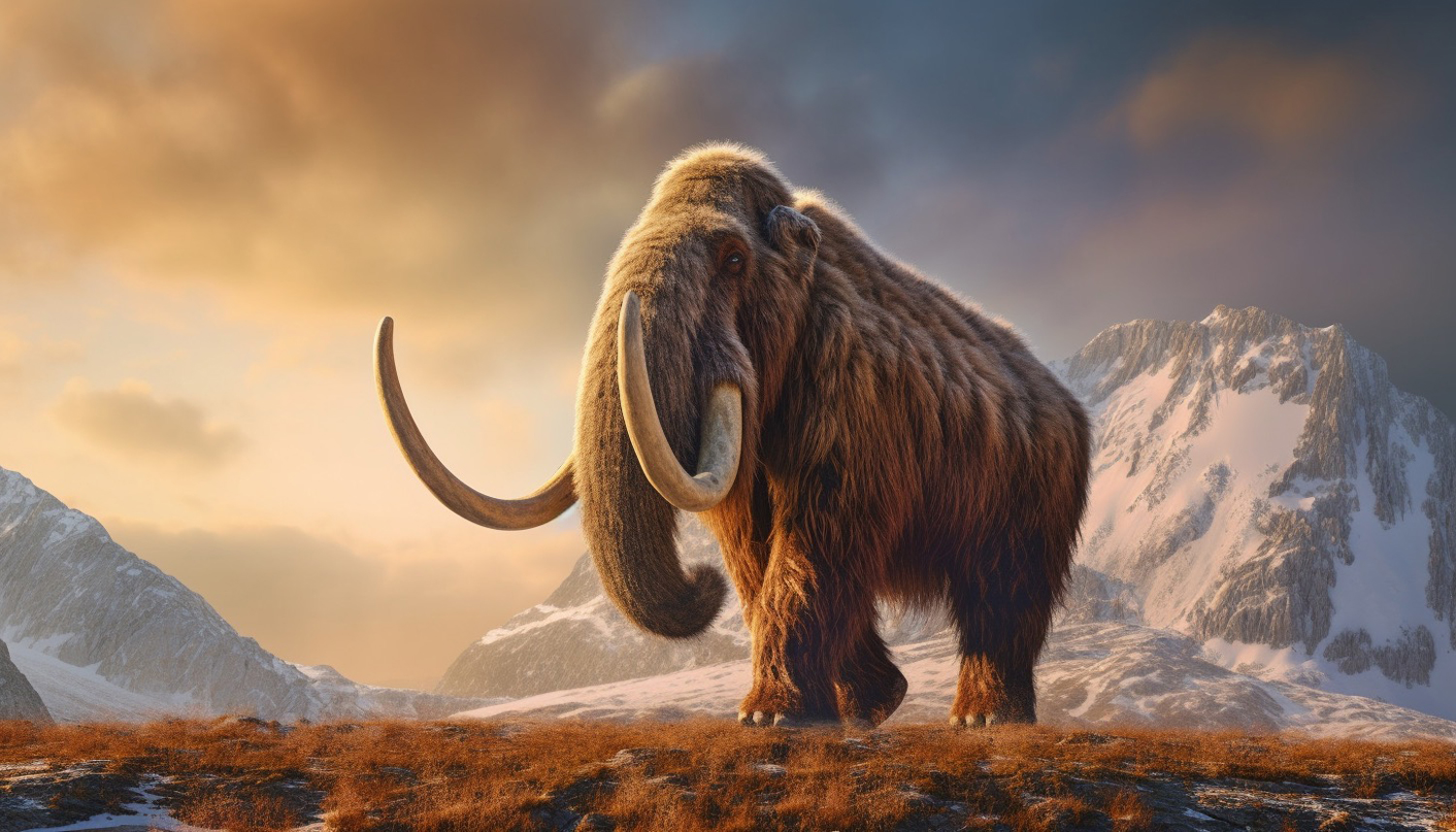
Colossal Biosciences
The woolly mammoth was a huge, hairy elephant species that once lived in the coldest parts of Earth. The mammoth went extinct sometime between 4,500 and 10,000 years ago. But it may not be gone forever. Scientists are trying to bring this beast back.
No one is sure exactly what killed off the woolly mammoth in the first place. The world was getting warmer at the time, and woolly mammoths were cold-weather animals. It’s possible they just couldn’t survive the higher temperatures. Woolly mammoths were also heavily hunted by humans.
Now, a company called Colossal Biosciences is trying to create new woolly mammoths. To do this, scientists are starting with cells, which are what all living things are made up of. Recently, Colossal Biosciences announced that it had created stem cells, which are what new cells start as before they become cells for a heart, skin, or any other body part.
Colossal created stem cells for Asian elephants, which are the closest living relative to woolly mammoths. The company hopes to work with these stem cells so they can create elephants with the same traits as woolly mammoths. These animals wouldn’t be exactly like the real thing…but they’d be very close.
Not everyone agrees that it’s a good idea to bring the woolly mammoth back. Many scientists wonder where the animals would live and if they would even survive in today’s warming world. Others say instead of bringing back extinct species, scientists should work more on ways to protect the ones that are living today. Many species are endangered, including the Asian elephant.
Colossal says its work will help the Asian elephant because the company is studying elephant cells. The cells might help scientists understand how to keep living elephants healthy. Scientists may even be able to use the stem cells to create more Asian elephants.
Colossal hopes that it will someday create herds of woolly mammoths to replace the ones that died off thousands of years ago. But there’s still a lot of work to be done.

